1. Puran Devi Mandir Purnia

This temple is a religious site devoted to Puran Devi Maa. About 5 kilometers distance this temple and Purnea City. A ferocious Kali Goddess in the guise of Puran Devi. She assumes the forms of nine distinct deities. Beautiful jewels and traditional Indian saris are used to adorn the idol. Devotees also worship the Shiv Ling located here.
Baba Hathinath’s:
The temple still holds aba Hathinath’s conch. It is possible to estimate how challenging it would have been to play given this enormous quantity. The temple has housed it. The priest is the only person who touches it.
It is said that the religion of ten Mahavidyas is connected to the Purna Devi temple in Purnia. This temple dates back to the Mughal era. It is reported that the mother’s idol spontaneously sprang from the pond behind this shrine.
Maa Puran Devi:
The city’s oldest temple is this one, which dates back 600 years. Because of her name, she is revered as the city’s divinity. Elephant chores related to the temple’s creation mythology are kept in the inner chambers of the structure.
According to some historians, a Nawab by the name of Shaukat Ali donated 4–5 acres of land, demonstrating the unity of Hindus and Muslims.
2. Budhanath Temple Bhagalpur

In Bhagalpur, Bihar, on the banks of the Uttar Vahini Ganga River, lies the Baba Budhanath Mandir. One of India’s Nath temples is the Budhanath Temple. It is thought that Swayambhu, the Shivling worshipped here, was dedicated by Sage Vasishta in the Satya Yuga.
In the Shiva Purana, the Shivling is referred to as Baba Bal Vridheshwar Nath.
Around 200 years ago, Mahant Balwan and Giri unearthed the Shivling from its underground hiding place.
Murtis of Ganesha, Goddess Parvati, Nandi, Radha Krishna, and Ma Bhavani are also present in the temple. Many people think that Ma Bhavani, who has a unique temple in the complex, is Ma Chandi from Munger, who came by way of the river.
3. Kuppaghat Bhagalpur
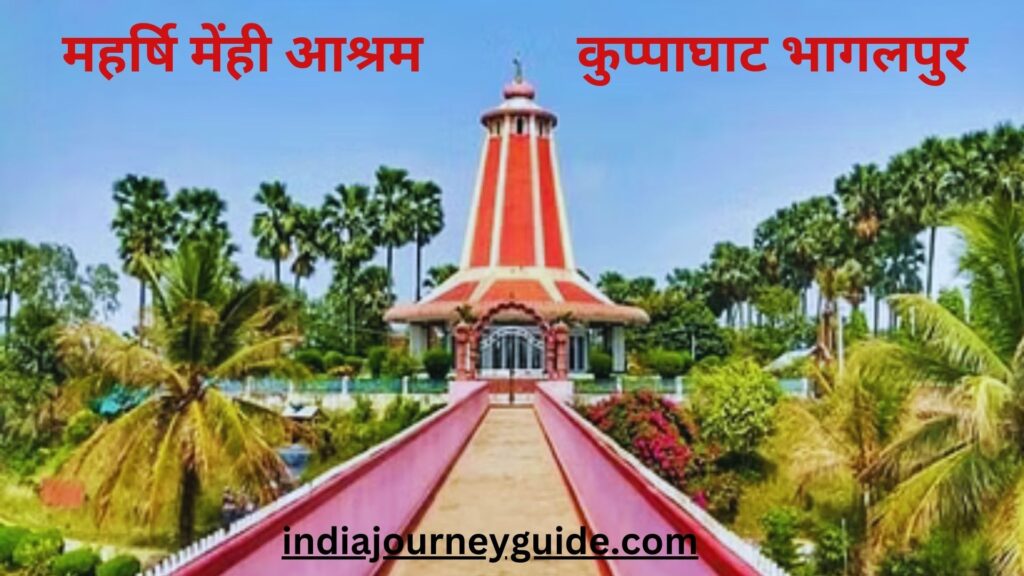
In Bhagalpur, Bihar, Kuppaghat is a location on the banks of the famous Ganges river. Maharshi Mehi Paramhans is said to have used the cave at Kuppaghat, which means “cave by the banks of a river,” as a place to meditate. Later on, Kuppaghat underwent a metamorphosis to become the Maharshi Mehi Ashram, and it has developed into a Santmat pilgrimage site. The Ashram receives a large number of visits from devotees each year on the occasions of Guru Purnima and the Birth Anniversary of Maharshi Mehi, Mehi’s successor. The Ashram became the National Headquarters of Akhila Bharatiya Santmat-Satsang because of the devotion of its followers. The Kuppaghat Ashram boasts an immaculate orchard and garden.
4. Ancient Nalanda University
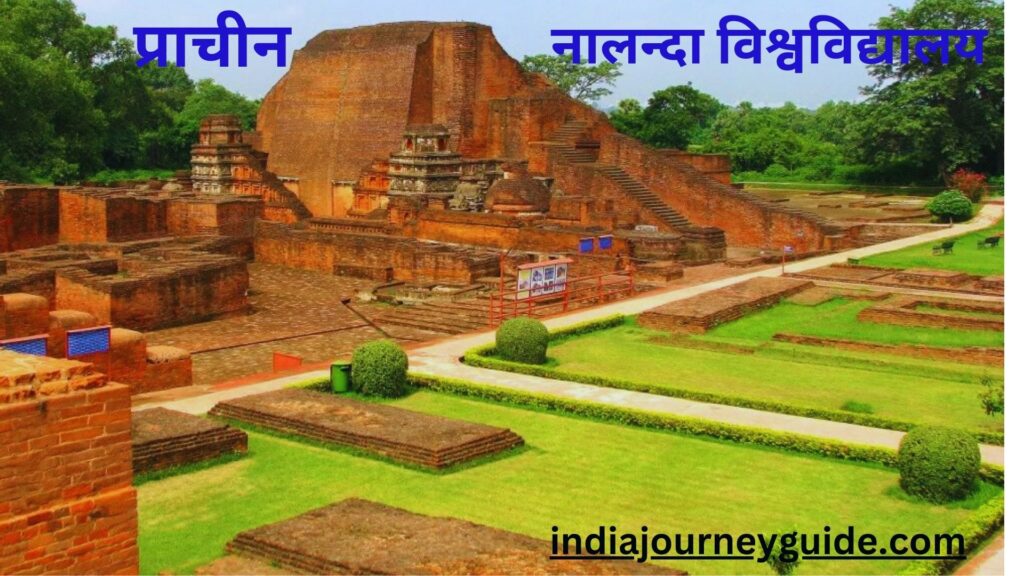
The monastic institution, which is situated in the center of historic Magadha, India, was established in the early fifth century and is usually credited to Gupta Empire King Kumaragupta I. For eight centuries, a wide range of sciences were taught here, including mathematics, astronomy, medicine, alchemy, Buddhist philosophy, and the Vedas.
The university complex thrived throughout the Pala dynasty, and its reputation spread throughout Asia. However, the site was raided by Muslim conqueror Muhammad Bakhtaran Khalji sometime around 1200 CE, leaving it in ruins; the monks who survived fled to Tibet.
The remains remained abandoned and forgotten until 1811-1812, when Scottish surveyor Francis Buchanan-Hamilton discovered a major archeological site in the vicinity and later identified it as the renowned Nalanda monastery-university complex.
The government worked to revive the ancient school and created a contemporary Nalanda University in Rajgir, which was in 2010. The archeological site was also named a UNESCO World Heritage Site in 2016, which was maybe long overdue.
5. Patna Zoo (Sanjay Gandhi Biological Park)
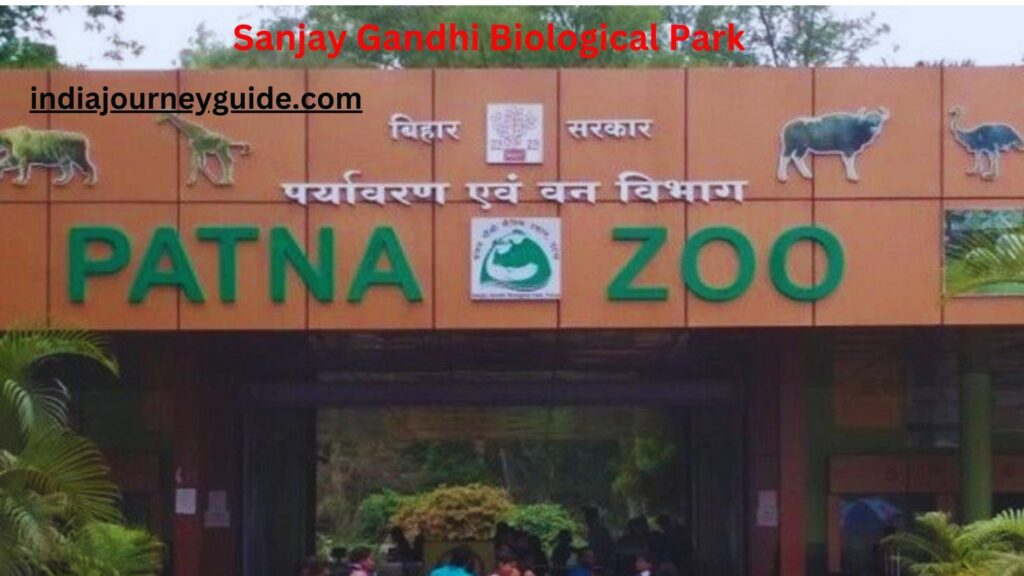
The Gandhi Botanical Zoo and Zoological Garden is another name for the Patna Zoo, which is located in Patna, Bihar, India. In 1973, the Zoo officially opened to the public. Popular with tourists, the Patna Zoo is a great place for a picnic. Given that it consists of both botanical and zoological gardens, the Zoo is a biological park.
The almost 800 animals of 110 species that call this zoo home include members of the cat family, crocodiles (magars), hippos, reptiles, giraffes, zebras, emu birds, deer, and other aves (birds) like peacocks and mynas.
The Patna Zoo’s Botanical Garden features a nursery for medicinal plants, an exquisite orchid house, a stunning rose garden, a sparkling glass house, and fern house. It also displays both Botanical and Zoological reserves in the Botanical occupation of species. There are over 300 different plant species displayed at the Patna Zoo Botanical Garden.
The Zoo’s distinctive appearance includes an aquarium containing 35 different fish species. The 32 snakes housed in the snake cage of the Patna Zoo are from 5 different species. Visitors to the Zoo advise not missing the spectacular elephant ride, which offers an enormously regal mode of transportation.
6. Golghar Patna
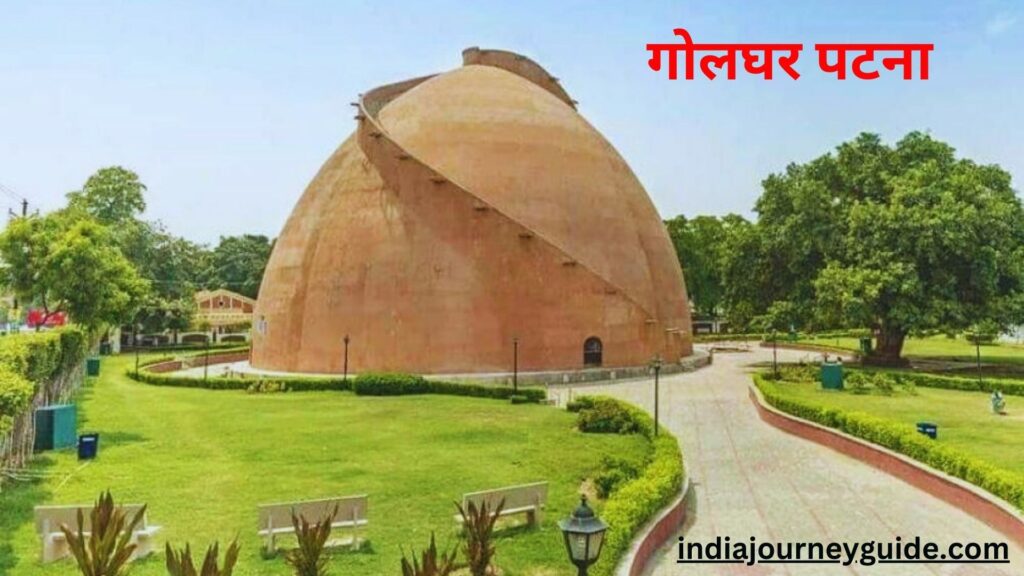
The Golghar building complex, located near Patna, combines historical and scenic elements in a straightforward yet enchanting design. Captain John Garstin constructed it in 1786 with the intention of using it as a storeroom. It’s worth noting that Golghar was never completely filled because, according to engineering legend, the doors only open inward; if the granary were to be filled all the way, the doors would not open. Apart from being a vast granary, the summit of Golghar offers an amazing sweeping view over the city and the Ganges. Golghar is one of the many places in the city that people visit due to its serene position and magnificent natural backdrop.
The stupa-shaped Golghar structure rises from the middle of a verdant landscape and is a sight to behold. There are 145 steps that encircle it and go to the summit, where you can get a bird’s eye view of the whole city. It’s a calm feeling to see the historic city stretching out in front of you with the soft wind flowing over the zenith. Furthermore, you can plan a picnic in the garden that this attraction is located in. A light and sound spectacle has also been added to Golghar in an attempt to draw in more tourists. Come here to spend a romantic day.
7. Glass Bridge Nature Safari Rajgir

Rajgir is an important tourist destination in India. The nation’s first glass sky walk opened in Rajgir Forest, Bihar, with the goal of drawing both domestic and foreign visitors. The public is also allowed to access the cutting-edge suspension bridge in addition to this.
Situated in the valley between two famous peaks, Vipalagiri and Vaibhagiri, Rajgir is a historically significant and aesthetically pleasing location. The lush green woodlands enveloping the small foothill town contribute to the area’s allure. In the absence of Patliputra, Rajgir served as the capital of the Magadh Mahajan pad (State). It was known as Rajgrih back then. Rajgir or Rajgrih is the term for the royal residence. This location has been linked to Buddhism and Lord Buddha. In addition to spending a considerable amount of time in Rajgir, Buddha also preached here and converted Emperor Bimbisar at the Griddhakuta hill. Bimbisar gave Lord Buddha the royal park known as Venu Van, which translates to “bamboo forest,” while he was visiting Rajgir. Within is a tiny body of water called the Karandak Tank. It is believed that after Buddha Jivak was hurt by his cousin Devdatta, a doctor at Rajgir treated him. Rajgir was the site of the first Buddhist Council and the writing of the Buddha’s teachings. Rajgir has emerged as one of Buddhism’s most significant pilgrimages. Rajgir is also a popular destination for Hindus and Jains due to its stunning Hindu and Jain temples. With its warm springs, Rajgir has become more than just a place of worship—it’s also a popular winter and wellness destination. It is believed that these springs have some therapeutic qualities that aid in the treatment of numerous skin conditions. The Ropeway, which leads you uphill to the Shanti Stupa, temples, Ashok Stupa, and Griddhakuta peak at the summit of the Ratnagiri Hills, is an additional draw of Rajgir. The stunning Ghorakatora Lake and Park, the Cyclopean Wall, and the Jungle Trails are some of Rajgir’s other noteworthy locations. Rajgir Forest is home to numerous archeological sites. A surviving forest patch is preserved on the South Gangetic Plain’s scenic Rajgir hills and is known as the Rajgir Wildlife Sanctuary. The surrounding landscape benefits greatly from the many ecological services that this sanctuary offers, including a variety of plants and wildlife. Numerous natural animals, including birds, amphibians, reptiles, and mammals, call it home. The five mountains that encircle Rajgir WLS (Land of Five Hills) are Ratnagiri, Vipulgiri, Vaibhagiri, Songiri, and Udaygiri. The landscape is uneven.he first Glass sky walk of the country is opened in Bihar’s Rajgir Forest, in a bid to attract both local and international tourists. Along with this, the state-of-the-art suspension bridge is also opened to the general public.
8. Bodh Gaya
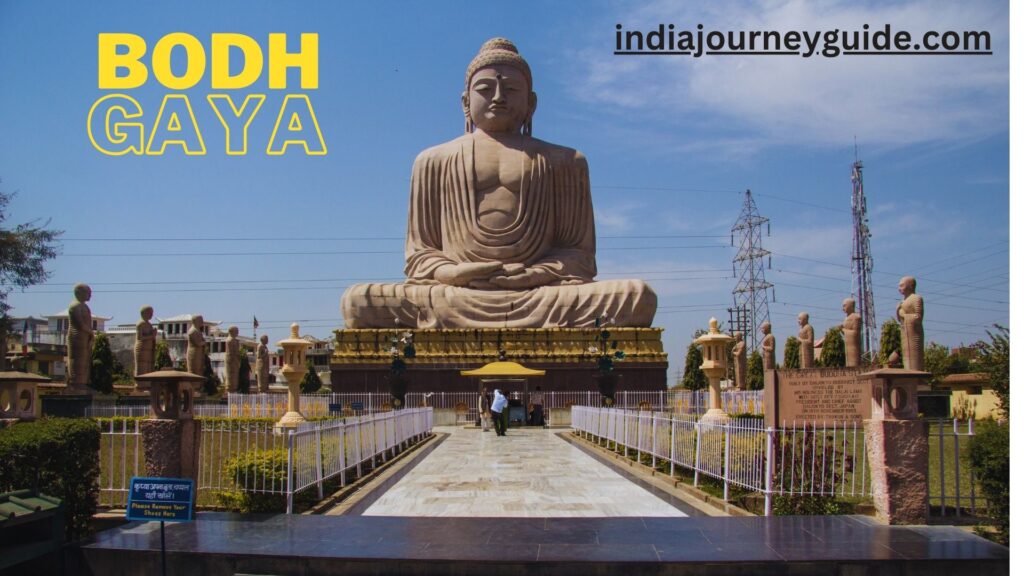
In Bihar’s Gaya District is the Buddhist pilgrimage site of Bodh Gaya. Known for the Mahabodhi Temple, Gautama Buddha obtained enlightenment here beneath the Bodhi tree.
It has been designated as a UNESCO World Heritage Site, and other foreign nations, such as China and Japan, have assisted the Indian government in constructing facilities for Buddhist pilgrims. All year long, the area is teeming with pilgrims from India and other countries who come to pay their respects in the monasteries, temples, and remains of the Bodhi tree.
Formerly known as Uruwela, Bodh Gaya is situated close to the Neranjana River. Up until the 18th century CE, it was also referred to as Sambodhi, Vajrasana, or Mahabodhi.It is one of the four major Buddhist sites, along with Sarnath, Lumbini, and Kushinagar.
9. Patna Museum

The state cabinet approved the joint enterprise that was the Bihar Museum. Two architecture firms, Maki & Associates from Japan and OPOLIS Architects from Mumbai, were involved in the project. The museum’s built-up space is 24,000 square meters, with its land area spanning 5.6 hectares. The architecture features a lobby, educational and administrative spaces, galleries, and an intriguing dispersed construction design. The Oku idea from Japan served as the model for the design. The buildings have been arranged throughout the environment to improve perception by blending in harmony with their surroundings.
The construction does not feature tall buildings and was built with COR-TEN steel plates in the casing to increase its robustness. A Children’s Gallery, an Orientation Gallery, three History Galleries, a Visible Storage Gallery, and an Art Gallery make up the structure.
The structures’ numerous terraces and courtyards that link the indoor and outdoor areas are another feature of the Bihar Museum in Patna. The courtyards’ purpose is to let air and light into the enclosed areas. These four expansive areas have trees and pools of water. The first is the central terrace connecting the main museum and known as the Waterfall Court or Jal Angan.
The second is the triangle-shaped Peepal Court, which is located directly across the Waterfall Courtyard. Next is the Amphitheatre, which is close to the entrance and serves as an outdoor theater for plays, events, and performances with a capacity of 200 people. The final courtyard is called the Niranjana Courtyard, after the River Niranjana. It features a water channel that runs beneath a bridge, linking the Visible Storage Gallery with one of the History Galleries.
10. Mandar Hill Parvat (Banka)
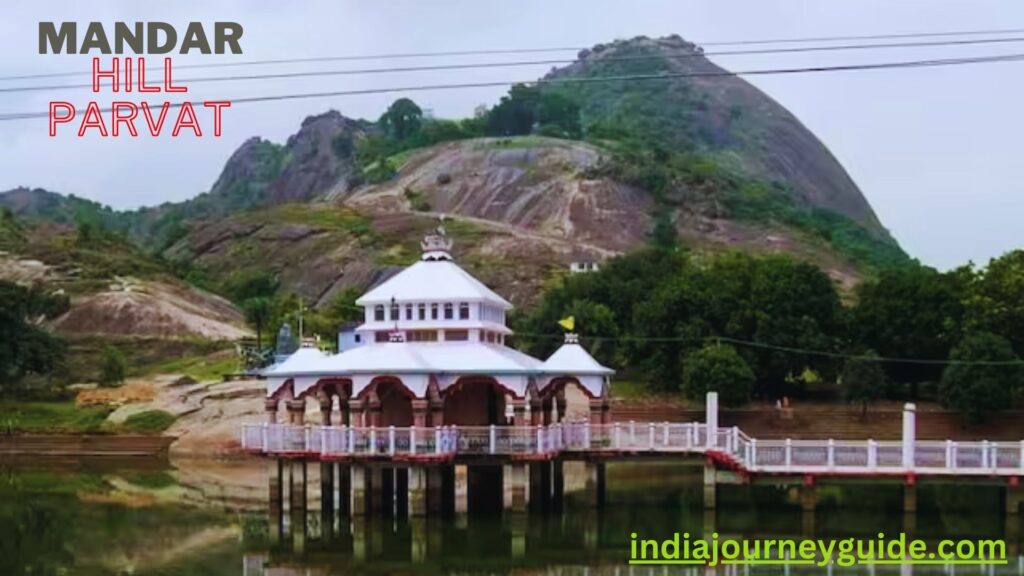
Mandar Parvat, also known as Mandar Hill, is a tiny peak that rises 700 feet in the Banka district of Bhagalpur, Bihar. Due to the presence of Jain and Hindu temples atop the hill, it has religious significance. The hill is known as mandarachal parvat in Hindu sacred texts and is the subject of numerous mythological tales. This hill is thought to have been employed during the renowned Samudra Manthan event to churn the ocean and remove the honey from its bosom. There’s a little pond called “Paapharni” next to the hill. The terrified pond, as its name suggests, is supposed to possess magical properties that, upon immersion, absolve a person of all sins. The pond also has temples to Lord Vishnu and Goddess Laxmi in the center. Mandar Hill also has numerous priceless and uncommon sculptures of Lord Shiva, Varaah, and Kamdhenu that date back to the eleventh and twelfth centuries AD.


Good